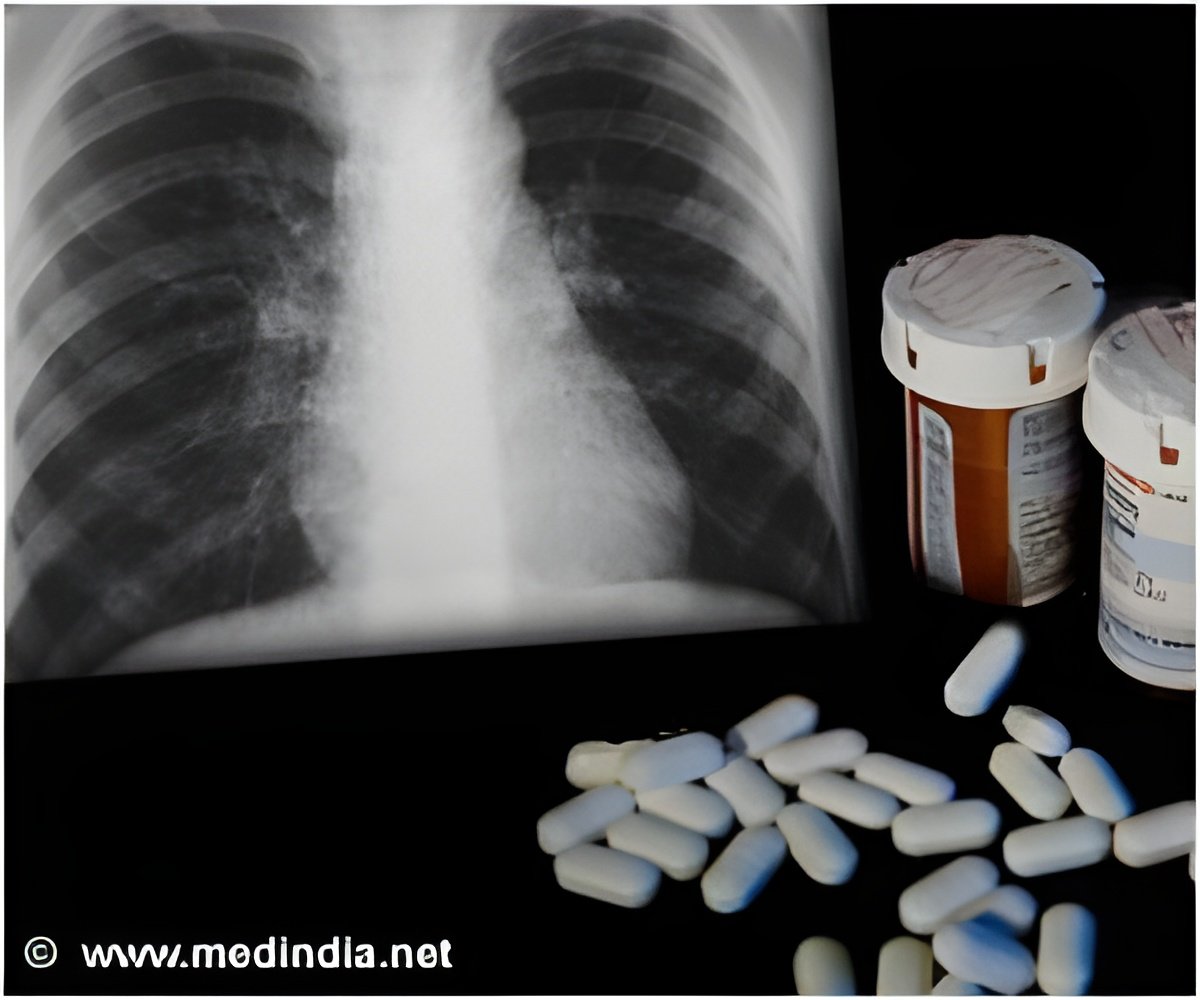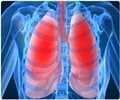
It is widely accepted that in vascular smooth muscle cells, PGI2 analogs dilate blood vessels by increasing cyclic adenosine 3',5' mono-phosphate (cAMP) while PDE5 increases cyclic guanosine 3',5' mono-phosphate (cGMP) by inhibiting its breakdown. However, human erythrocytes also express functional prostacyclin receptors (IPRs) and possess PDE5. The binding of PGI2 analogs to the erythrocyte IPR activates a well-defined signaling pathway that stimulates increases in cAMP and culminates in the release of the vasoactive molecule, adenosine 3'5' triphosphate (ATP). When released from circulating erythrocytes in the vascular lumen, ATP binds to receptors on the endothelium of pulmonary vessels resulting in the synthesis of vasodilators. Importantly, the levels of cAMP in the erythrocyte IPR signaling pathway are regulated by PDE3, a PDE that is inhibited by cGMP. Levels of cGMP in erythrocytes are regulated by PDE5.
Dr. Randy Sprague, senior author of this article, said "We hypothesized that increases in cGMP resulting from PDE5 inhibition would prevent the breakdown of IPR-mediated increases in cAMP leading to enhanced ATP release. The major finding of this study is that either of two chemically dissimilar inhibitors of PDE5 augment increases in cAMP and ATP release produced by incubation of erythrocytes with an IPR agonist, UT-15C (treprostinil). Dr. Stephanie Knebel, first author, said "Our results demonstrate a new role for both prostacyclin analogs and PDE5 inhibitors in the regulation of IPR-mediated increases in cAMP and ATP release from human erythrocytes." These findings have implications for the development of new therapeutic approaches to the treatment of conditions such as pulmonary arterial hypertension.
Dr. Steven R. Goodman, Editor-in-Chief of Experimental Biology and Medicine, said "This intriguing study by Knebel et al has demonstrated that both PDE5 inhibitors and prostacyclin analogs are involved in the prostacyclin receptor dependent release of cAMP and ATP for human RBCs. Their results suggest new therapeutic approaches for the treatment of pulmonary arterial hypertension".
Source-Eurekalert

![Pulmonary Arterial Hypertension [PAH] - Symptoms & Signs - Causes - Diagnosis - Treatment Pulmonary Arterial Hypertension [PAH] - Symptoms & Signs - Causes - Diagnosis - Treatment](https://www.medindia.net/images/common/patientinfo/120_100/pulmonary-arterial-hypertension-pah.jpg)












